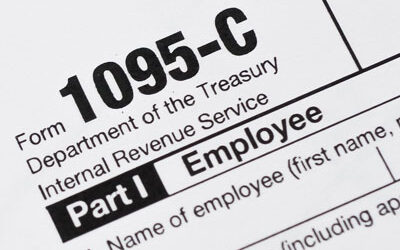By Garrett Ewers
[divider height=”30″ style=”default” line=”default” themecolor=”1″]
On December 29, 2022, President Biden signed The Setting Every Community Up for Retirement Enhancement 2.0 Act (SECURE 2.0) into law as part of a much broader government spending bill. Intended to build on the significant changes introduced in the original SECURE Act of 2019, SECURE 2.0 creates several provisions that will affect taxpayers both now and over the course of the next decade and beyond.
Increase in the age at which taxpayers must begin taking required minimum distributions (RMDs)
Arguably the most significant change brought about by SECURE 2.0 is the increase in the age to begin taking RMDs. Starting in 2023, the age is increased to 73 years old, meaning that individuals who turn 72 in 2023 won’t have to take their first RMD until 2024 when they turn 73. In 2033, the age to begin RMDs will be further increased to 75.
Taxpayers may still delay their first RMD until April 1 of the year immediately following the year in which they are required to begin taking RMDs.
Tax-free rollovers from 529 plan accounts to Roth IRAs
Another potentially important change to retirement plan savings is the introduction of the ability to move money tax-free from a 529 plan directly into a Roth IRA, starting in 2024. In order to qualify for this, a few rules should be satisfied:
- The Roth IRA receiving the funds must be in the same name as the beneficiary of the 529 plan.
- The 529 plan must have been maintained for fifteen years or longer.
- Any contributions to the 529 plan within the last five years are ineligible to be moved.
- For purposes of annual Roth IRA contribution limits, any transfers from 529 plans are included as regular contributions.
- The taxpayer is limited to moving $35,000 from a 529 plan to a Roth IRA during his or her lifetime.
This new rule should prove to be an especially useful planning tool, especially for those taxpayers whose children might not have need of some (or all) of their 529 plan account balance by the time they are ready to begin college.
Increased “catch-up” contributions for 401(k) participants aged 60 – 63
Current law allows for additional contributions above the regular annual limit for certain retirement plans if the participant is over 50. SECURE 2.0 creates an additional “catch-up” level for participants who are 60 – 63 years old. This second catch-up would be the greater of $10,000 or 150% of the regular catch-up contribution for such plans. There are increased catch-up amounts for SIMPLE plans, as well.
Overall, SECURE 2.0 goes a long way towards incentivizing retirement plan participation and savings for Americans. These are some of the most important provisions from SECURE 2.0, but the act covers quite a bit more in the way of retirement plan changes. Please contact us for help navigating these changes and making them work effectively for you.




